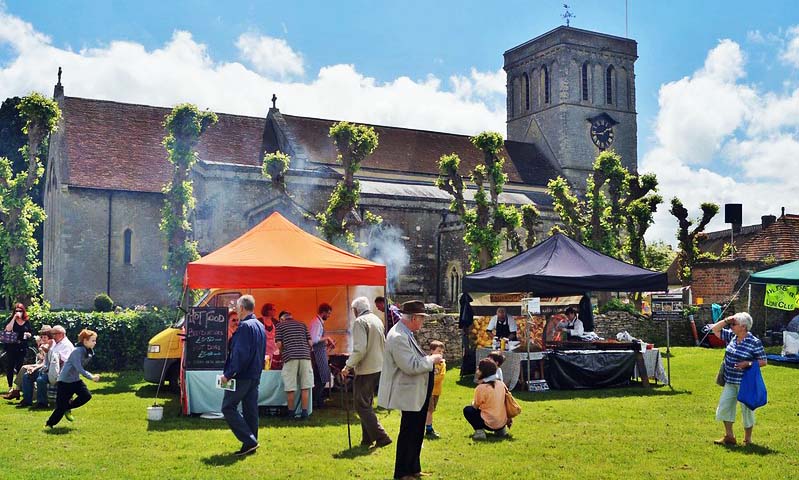
Fêtes, fairs and fayres
Medieval fairs were travelling or occasional marketplaces for traders, with a few refreshment stalls on the periphery. In the 18th and 19th centuries, markets became more permanently housed and fairs gradually evolved into events where a variety of games, entertainments and trinkets could be had for the amusement of the working man and woman in their few hours of leisure time.
Fairs have since developed in two ways ~ one commercial, with mechanised rides (funfairs), the other amateur, raising money for good causes and charities. A fair of this kind may also be called by the French word fête (with the anglicised pronunciation, ‘fate’) or spelled ‘fayre‘ if a traditional feel is sought. Schools, churches, community centres, Guides, Scouts or any type of voluntary organisation or group that needs to raise extra funds will generally have a fête/fair/fayre at the top of their ideas list, with summer and Christmas being the favourite times of the year in which to hold them.
The cake stall is always the first to sell out! The tombola and the Lucky Dip both guarantee a prize, by ticket or blind grab respectively. Then there’s the face painting, crafts, guess-the-number-of-sweets-in-the-jar, raffle, dance displays, bouncy castle, welly wanging……
(Image of church summer fète: Ron Adams at Flickr.com / CC BY-NC-SA 2.0)
